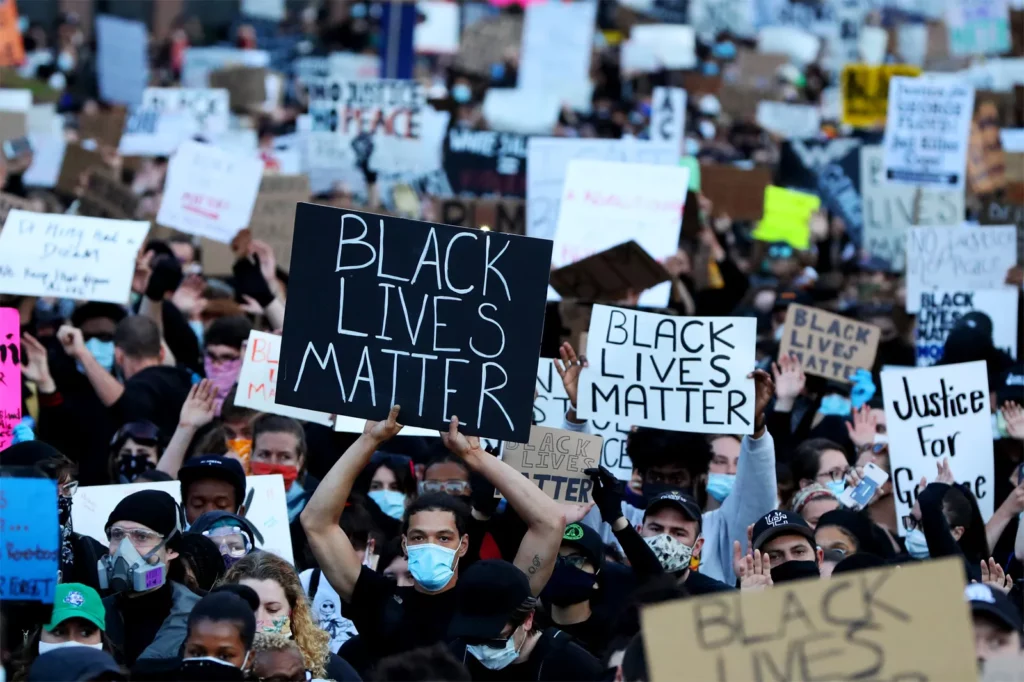American gender discrimination

Gender discrimination may harm women’s health through both psychological and physiological stress reactions and health behaviors that worsen health outcomes. According to field research, women who identify as members of racial or ethnic minorities are more likely to suffer the negative effects of prejudice on their health. Research suggests that discrimination is connected to a number of unhealthy behaviors, mental health outcomes, and physical health issues such as high blood pressure, heart disease, and mortality [6-8].
One in five women reported experiencing gender-based discrimination when visiting a doctor or health facility. White people (65%) outnumbered Hispanic/Latinos (15%), Black people (13%), Asian people (6%), and Native Americans (1%). More than a fifth of respondents said they or family members had been the victims of violence as a result of being female. Women who identify as LGBTQ were more likely than non-LGBTQ women to report gender discrimination [9-12].
Adjusted models revealed that LGBTQ women had an increased likelihood of reporting gender discrimination in attaining equal pay and promotions, sexual harassment, and violence. Women ages 18 to 29 were much more likely than women ages 30 and older to experience discrimination in the majority of interpersonal domains. Uninsured women had much greater probabilities than those with non-Medicaid insurance in both areas of healthcare [9, 13].
Evidence of systematic institutional and interpersonal discrimination against women indicates the need for additional policies and programs. Future work must take into account the interrelated experiences of discrimination across various facets of women’s lives. The promotion of specific laws or procedures to eradicate gender inequality in the US is outside the purview of our findings [14-16].
This study documents the prevalence of gender discrimination against women in a variety of contexts, including health care, education, employment, housing, political participation, police and the criminal justice system, slurs, micro aggressions, harassment, and violence. It also examines the experiences of women who identify as racial/ethnic minorities and those who are part of the LGBTQ community.
Native American women report extremely high rates of harassment and discrimination on account of their gender in a range of sectors of their lives, with racial/ethnic origin, LGBTQ identity, and other sociodemographic characteristics all having a substantial impact. Anti-LGBTQ legislation may need to take into account the many types of discrimination LGBTQ women experience in these contexts.
References
[1] A. Prothero and M. Tadajewski, “# MeToo and beyond: Inequality and injustice in marketing practice and academia,” vol. 37, ed: Taylor & Francis, 2021, pp. 1-20.
[2] K. Barker and O. Jurasz, “Online misogyny,” Journal of International Affairs, vol. 72, no. 2, pp. 95-114, 2019.
[3] W. Bostwick and A. Hequembourg, “‘Just a little hint’: Bisexual-specific microaggressions and their connection to epistemic injustices,” Culture, health & sexuality, vol. 16, no. 5, pp. 488-503, 2014.
[4] I. H. Meyer, “Prejudice, social stress, and mental health in lesbian, gay, and bisexual populations: conceptual issues and research evidence,” Psychological bulletin, vol. 129, no. 5, p. 674, 2003.
[5] K. L. Nadal, M.-A. Issa, J. Leon, V. Meterko, M. Wideman, and Y. Wong, “Sexual orientation microaggressions:“Death by a thousand cuts” for lesbian, gay, and bisexual youth,” Journal of LGBT Youth, vol. 8, no. 3, pp. 234-259, 2011.
[6] G. C. Gee and A. Ro, “Racism and discrimination,” Asian American communities and health: Context, research, policy, and action, pp. 364-402, 2009.
[7] D. R. Williams and C. Collins, “US socioeconomic and racial differences in health: patterns and explanations,” Annual review of sociology, pp. 349-386, 1995.
[8] J. Sidanius and F. Pratto, Social dominance: An intergroup theory of social hierarchy and oppression. Cambridge University Press, 2001.
[9] G. K. SteelFisher et al., “Gender discrimination in the United States: Experiences of women,” Health services research, vol. 54, pp. 1442-1453, 2019.
[10] A. Brown, G. Bonneville, and S. Glaze, “Nevertheless, they persisted: how women experience gender-based discrimination during postgraduate surgical training,” Journal of Surgical Education, vol. 78, no. 1, pp. 17-34, 2021.
[11] K. L. Nadal, C. N. Whitman, L. S. Davis, T. Erazo, and K. C. Davidoff, “Microaggressions toward lesbian, gay, bisexual, transgender, queer, and genderqueer people: A review of the literature,” The journal of sex research, vol. 53, no. 4-5, pp. 488-508, 2016.
[12] C. Taylor and T. Peter, Every class in every school: Final report on the first national climate survey on homophobia, biphobia, and transphobia in Canadian schools. 2011.
[13] L. S. Casey et al., “Discrimination in the United States: Experiences of lesbian, gay, bisexual, transgender, and queer Americans,” Health services research, vol. 54, pp. 1454-1466, 2019.
[14] D. R. Williams and S. A. Mohammed, “Racism and health I: Pathways and scientific evidence,” American behavioral scientist, vol. 57, no. 8, pp. 1152-1173, 2013.
[15] L. G. Barron and M. Hebl, “The force of law: The effects of sexual orientation antidiscrimination legislation on interpersonal discrimination in employment,” Psychology, Public Policy, and Law, vol. 19, no. 2, p. 191, 2013.
[16] R. F. Baumeister, J. D. Campbell, J. I. Krueger, and K. D. Vohs, “Does high self-esteem cause better performance, interpersonal success, happiness, or healthier lifestyles?,” Psychological science in the public interest, vol. 4, no. 1, pp. 1-44, 2003.
